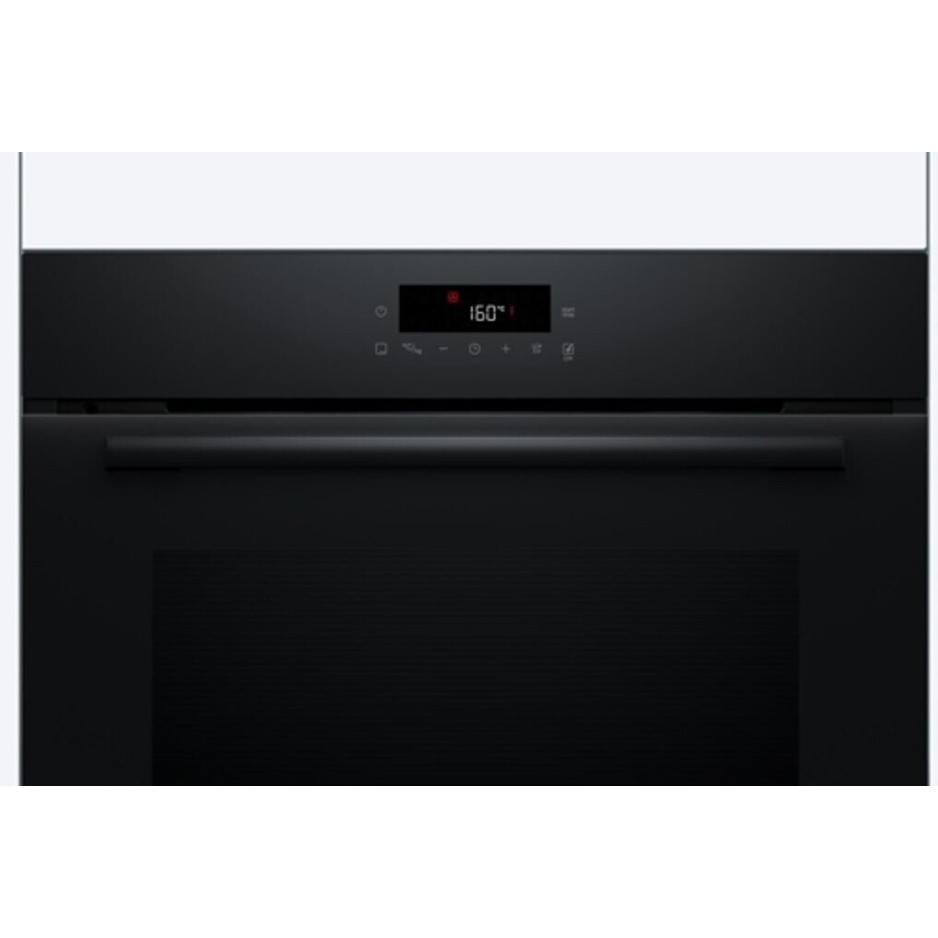Self-Contained Induction Hob Test: A Comprehensive Overview
Introduction
As the cooking world develops, so does the innovation behind cooking appliances. Amongst the significant developments, induction hobs have become a frontrunner in energy-efficient cooking services. This article digs into the complexities of self-contained induction hobs, discussing their functions, advantages, common mistaken beliefs, and comprehensive screening approach.
Comprehending Self-Contained Induction Hobs
What Is an Induction Hob?
An induction hob is a cooking surface that uses electromagnetic induction to straight heat up pots and pans. Unlike conventional gas or electric cooktops, which depend on heating elements or flames, induction cooking warms the cookware itself, significantly enhancing effectiveness and control over cooking temperature levels.
Self-Contained Induction Hobs
A self-contained induction hob is a standalone unit that combines the cooking surface and the needed electrical elements in one compact device. These hobs are ideal for little cooking areas, camping trips, or for those who desire flexibility in cooking areas.
Key Features of Self-Contained Induction Hobs
- Security: Induction hobs stay cool to the touch, minimizing the threat of burns.
- Energy Efficiency: Approximately 90% of energy is directed to the pots and pans, reducing waste.
- Temperature level Control: Fine-tuning heat settings is quicker and more precise compared to conventional approaches.
- Easy to Clean: The flat surface is simple to wipe down, and spills do not burn onto the surface.
- Portability: Many self-contained units are lightweight and compact, making them simple to transportation.
Benefits of Using Self-Contained Induction Hobs
| Advantage | Description |
|---|---|
| Quick Cooking | Quick heating lowers cooking times significantly. |
| Ecological Impact | Lower energy usage translates to a smaller sized carbon footprint. |
| Very Little Heat Loss | Less ambient heat keeps cooking areas cooler, especially in summertime. |
| Flexibility | Can be utilized for different applications consisting of however not limited to indoor and outdoor cooking. |
| User-Friendly | Instinctive controls make them accessible for cooks of all levels. |
Checking Self-Contained Induction Hobs
Testing an induction hob requires an organized method to evaluate its efficiency, effectiveness, and safety. The following requirements form the basis for a comprehensive examination.
Testing Methodology
Table 1: Performance Testing Criteria
| Criterion | Description |
|---|---|
| Heating Time | Procedure time taken to boil water or reach wanted temperature level. |
| Temperature Control | Analyze the precision and responsiveness of temperature level settings. |
| Energy Consumption | Monitor energy usage throughout the cooking period. |
| Security Features | Examine automatic shut-off, surface area temperature level, and security lock systems. |
| Ease of Use | Evaluate the interface, control layout, and instruction clarity. |
| Mobility | Check the weight and total ease of motion. |
Evaluating Process
Heating Time
- Start by filling a basic pot with a particular volume of water (e.g., 1 liter).
- Record the time taken to reach a rolling boil.
- Repeat the test under different settings to determine consistency.
Temperature level Control
- Set the induction hob to numerous temperature level levels (e.g., low, medium, high).
- Use an infrared thermometer to confirm the temperature level accuracy of the cooking surface area and cookware.
Energy Consumption
- Utilize a power meter to track energy use during cooking.
- Compare this information versus conventional cooking approaches, if appropriate.
Security Features
- Test the automatic shut-off feature by turning off the hob during usage.
- Examine the surface temperature after cooking to guarantee minimal burns.
Ease of Use
- Participate in a user test, including novice and experienced cooks, to get feedback on control usability and clearness.
Portability
- Assess the hob for weight, size, and the effectiveness of functions like cord storage for simple transport.
Analysis of Results
After performing the tests, assemble the information into a thorough report that sums up the findings.
Table 2: Summary of Test Results
| Function | Findings |
|---|---|
| Heating Time | 1 liter of water boiled in 4 minutes at optimum setting. |
| Temperature Control | ± 1 ° C variance from set temperature reported. |
| Energy Consumption | 1500 W average usage throughout peak cooking. |
| Security Features | Automatic shut-off triggered after 10 minutes of inactivity. |
| Relieve of Use | 90% of users found controls intuitive and informative. |
| Mobility | Weighs 4 kg, compact measurements of 60 cm x 40 cm. |
FAQs About Self-Contained Induction Hobs
Q: Are all cookware types suitable with induction hobs?
- A: No, cookware needs to be ferrous (magnetic). Stainless steel and cast iron are generally compatible, while glass, ceramic, and aluminum without a magnetic base are not.
Q: Can induction hobs be utilized outdoors?
- A: Yes, offered there's access to a suitable source of power. Many portable models are created for outside use.
Q: Are self-contained induction hobs energy effective?
- A: Yes, induction hobs are more energy-efficient than other cooking approaches, using almost 90% of the energy produced effectively.
Q: What maintenance is needed for induction hobs?
- A: Regularly clean the surface after use to avoid discolorations and scratches. Avoid Induktionskochfeld 4 Zonen Kaufen .
Q: Do induction hobs make sounds?
- A: Some might produce a minor buzzing sound when in use, which is regular and might vary based on the cooker's power settings.
Self-contained induction hobs represent a substantial development in cooking technology, offering safe, efficient, and hassle-free cooking options. Through organized screening and assessment, these flexible devices can fulfill the needs of modern-day cooking practices. As innovation continues to advance, the benefits of induction cooking are vast, impacting sustainability and enhancing the general cooking experience.

